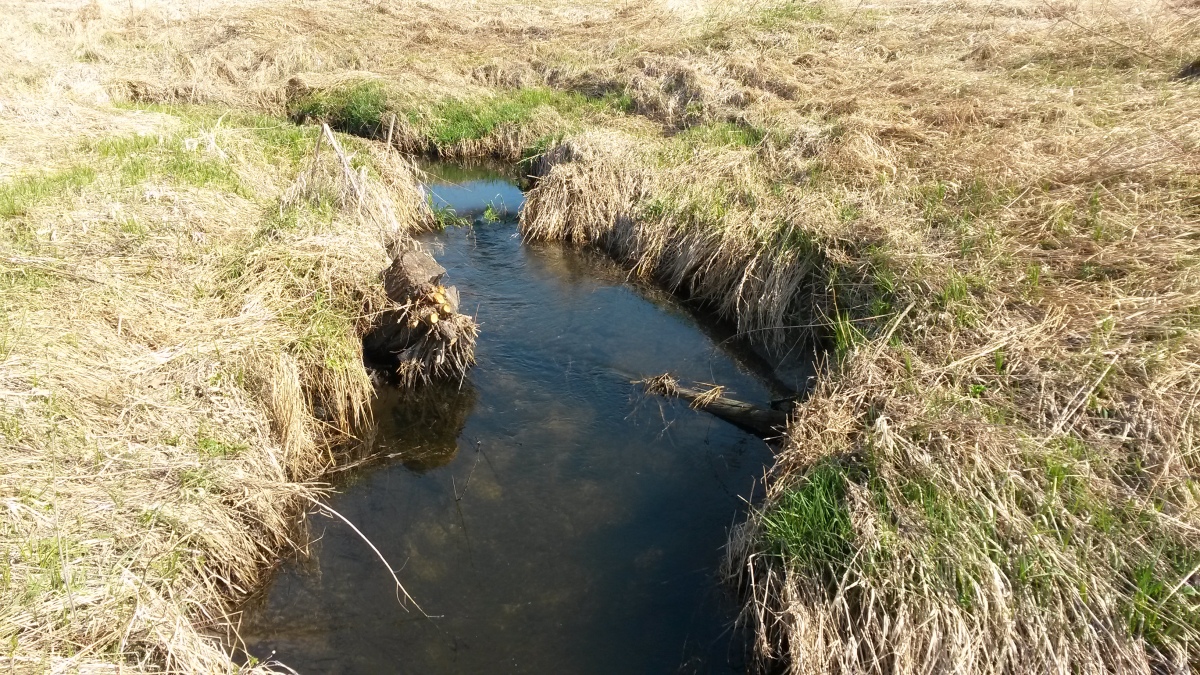“Now go do that voodoo that you do so well!” – Hedey (that’s HedLEY) Lamarr
…
On a day off in the middle of Silly Season I went to a trout stream. Even when you can’t fish being next to the water is often a preferred alternative to doing much else– mowing grass, puttering around the house, catching up on e-mails or working from home. This particular stream is one that I’ve been to several times before, but much further up, and the fishing there did not go well. Since then I’ve talked to several people and scoured DNR publications and discovered that I was fishing much too far upstream. The gold is in thar lower hills, son. So I went do some prospective prospecting.
The stream wound through a beautiful stretch of publicly accessible land, gin clear and skinny water dusted with just enough streamside vegetation and speckled with drowned timber in just the right places to make it look quite fishy from the bank. Stomping downstream stirred up a number of brook trout, some of notable size for a brookie. Mayflies flitted about above the water (note to self: begin carrying a butterfly net to catch these buggers!) and occasionally I could see, or more often hear, a splashy rise taking place.
This water is definitely near the top of my “Must Try” list now. And I have to say that much of it is thanks to Trout Unlimited.
It was clear that this stream recently received some badly-needed restoration work. I could never count the number of shrubs, willows, and buckthorn cut down to nubs that once lined its banks. All of that vegetation would have rendered this section of water very difficult, if not wholly impossible, to fish with a fly rod. Aggressive or invasive species like willow and buckthorn can quickly get out of hand in riparian habitats, crowding out native species and creating impenetrable walls of bark that make it difficult for anglers to maneuver and act as fly and fly line magnets (I often tell our Fly Fishing 101 students that there is a fly shop along the banks of every trout stream if one were to simply look up at the trees). Cutting all of this stuff away had to be done, and I knew the local TU chapter recently held a work day out here to do it.
While the national arm of Trout Unlimited tackles larger (and much more visible) issues, it’s these small-scale local projects that form the backbone of most TU chapters across the state and country. It’s more amazing when you consider that everything they do is powered by volunteers putting in countless hours in the desire of leaving the places they love in better shape than what they found them in. We’re rather lucky to live in a state with a series of very active TU chapters that have created a strong legacy of stewardship, advocacy, and education. It’s no coincidence that within the last few years two of Wisconsin’s chapters have been recognized with two of TU’s highest awards, the Gold and Silver Chapter Awards (Southeastern Wisconsin won gold in 2009; Southern Wisconsin won silver in 2014).
It’s the little things though, like clearing out a worthy trout stream for some angling schlub you’ll likely never meet, that fills me with appreciation for TU’s volunteers. It’s also the reason why I feel strongly about my own involvement with TU and its projects, and in leaving these beautiful places in better shape than I found them so someone else may discover it anew for themselves.
That morning I did my own little bit of stream restoration, fishing a crushed Busch beer can from the streambed. And, days later, I still can’t decide what’s more heinous: that somebody littered this pretty stretch of water, or that somebody was actually drinking Busch beer.


